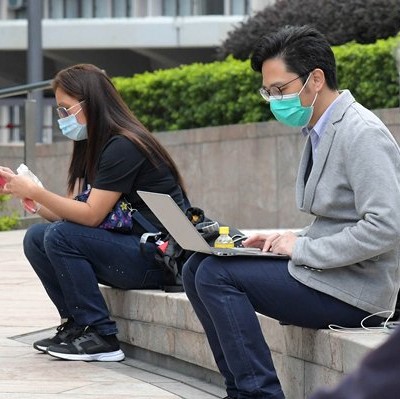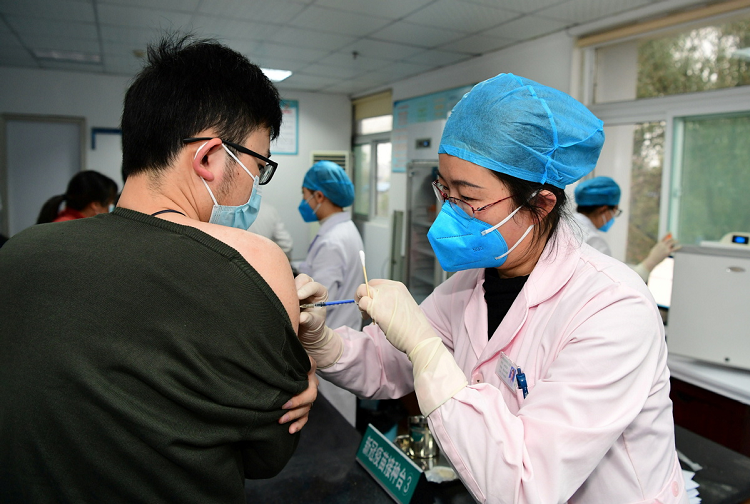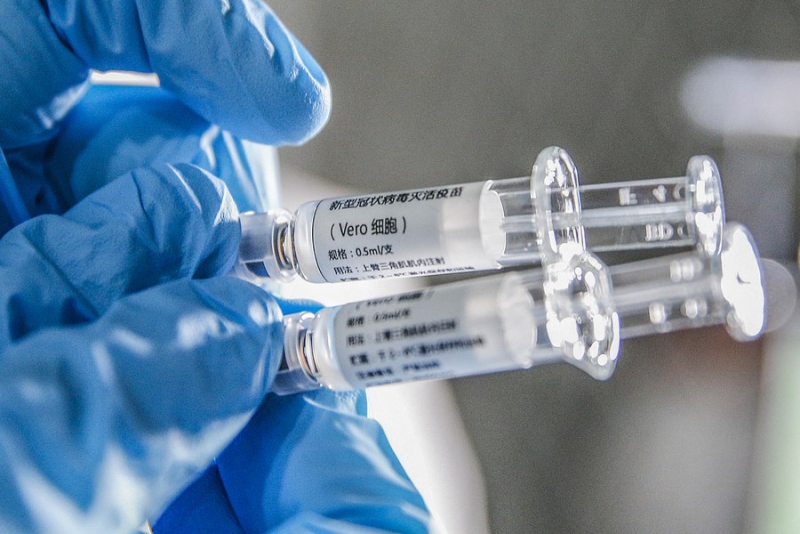Keeping a safe distance can lower the spread of COVID-19 - how do we do it?


A 101 guide on safe distancing and how to do it
Many confirmed COVID-19 cases so far were transmitted during social activities and gatherings, with individuals continuing with daily activities even though they were unwell.
What can we do to protect ourselves?
Answer: Take safe distancing seriously.
The idea is simple – to maintain a distance between yourself and others and minimise physical interactions. By doing so and reducing gathering in close proximity with crowds, we can slow down the transmission chain and flatten the epidemic curve. This is the best way to contain and prevent community spread as it can serve as a circuit breaker.
The WHO has advised to maintain at least one metre distance between yourself and anyone who is sneezing and coughing. That’s because when someone coughs or sneezes, they spray small liquid droplets from their nose or mouth which may contain the virus.
In your day to day
♦ No more handshakes – try an elbow bump, an air five or any other preferred way of greeting, as long as it is contactless.
♦ Now is the time to enjoy your personal space. Keep a 1m separation from others, in places like restaurants, theatres or queues.
At work
♦ Do you really need that face-to-face meeting with 15 other colleagues? Teleconference and telecommute whenever you can.
♦ Grab the chance to enjoy emptier trains and buses – commute at off-peak hours if you can.
For retail and F&B businesses
♦ Queues may be good for businesses, but physical crowding isn’t when it comes to safe distancing. Here's what you can do to avoid that:
♦ Reduce the number of people in queues by using queue management systems. If need be, space customers out in the queue.
♦ Use mobile payment or pre-ordering methods to avoid queues at the cashier.
♦ Encourage use of self-checkouts, cashless and contactless payment.
Chinese residents do not need to pay for COVID-19 vaccines or the service fees for the vaccination, a senior health official said on Saturday.

Office of the Hainan Free Trade Port Working CommitteeNo. 69 Guoxing Avenue, Meilan District, Haikou City, Hainan Province, 570203, China

hnshgb_xchch@sina.com
Contact Us
- Latest News
- Video News
- Specials
- Press Release
- Upcoming Events
What's New in Hainan
- Industrial Park
- Tax
- Trade
- Investment
- Entry & Exit
- Finance
Invest in Hainan
- Weather
- Transportation
- Health Care
- Attractions & Food
- Fitness & Sports
- Arts & Culture
Live in Hainan
- Copyright © 2020 Hainan Free Trade Port
- Qiong ICP 19005356
- All Rights Reserved












